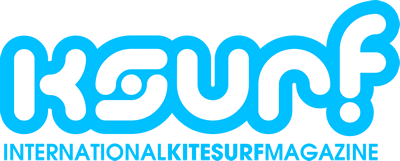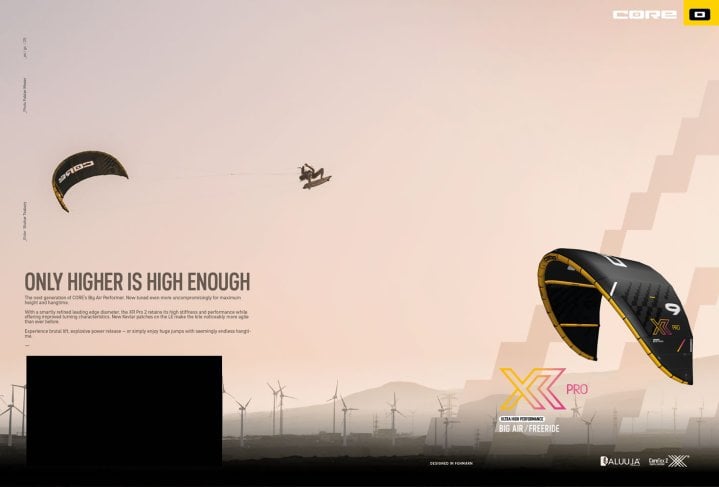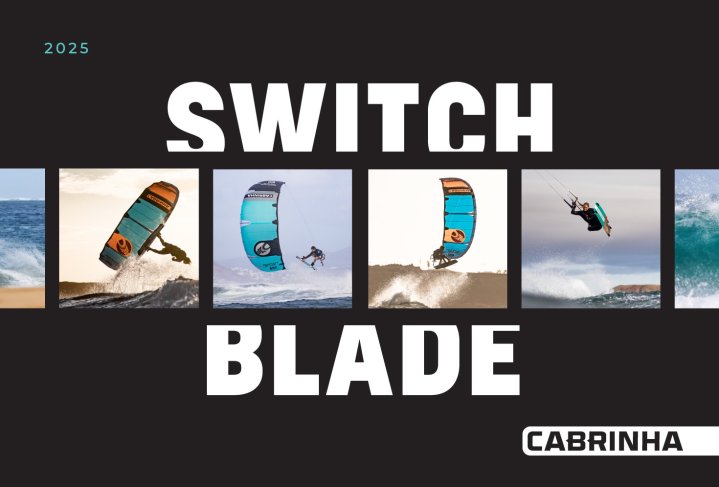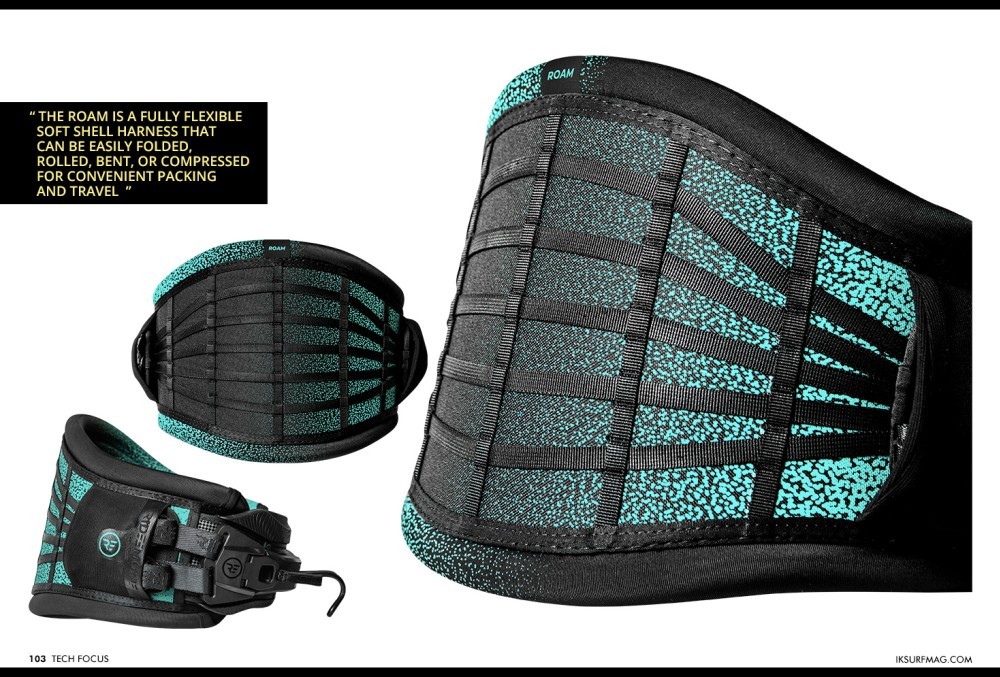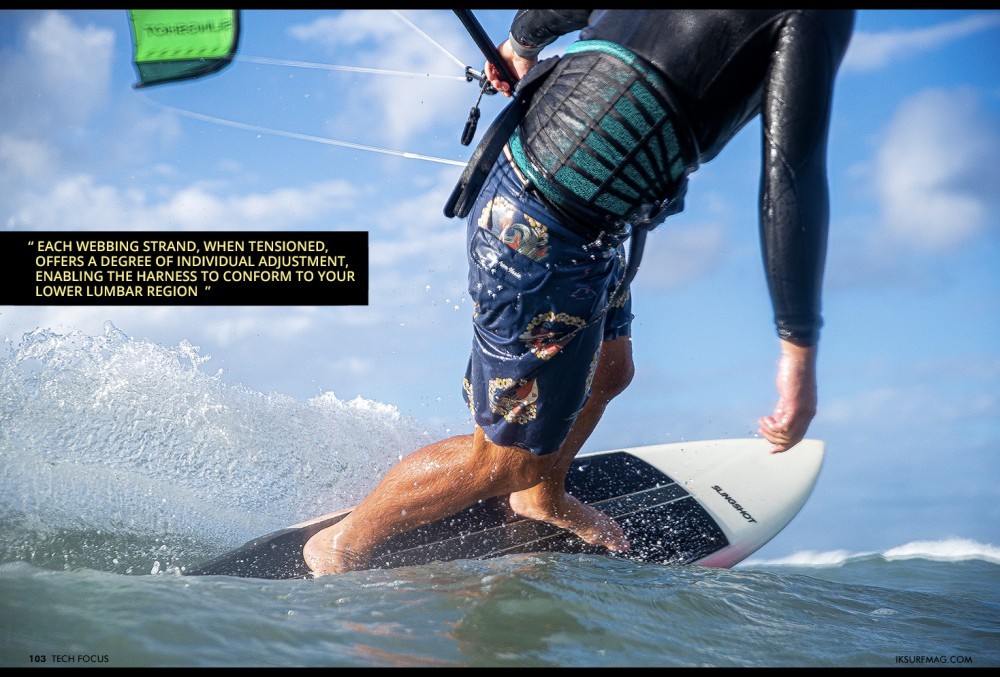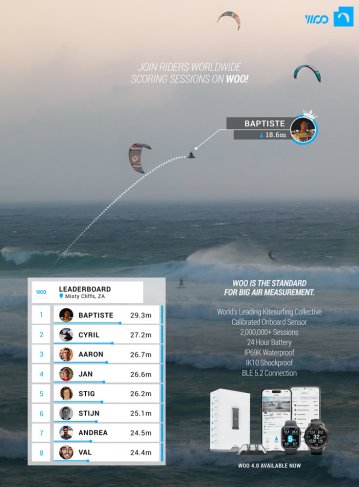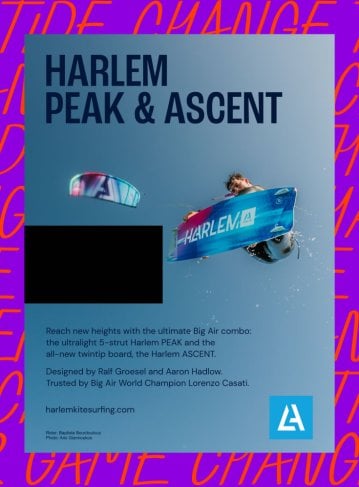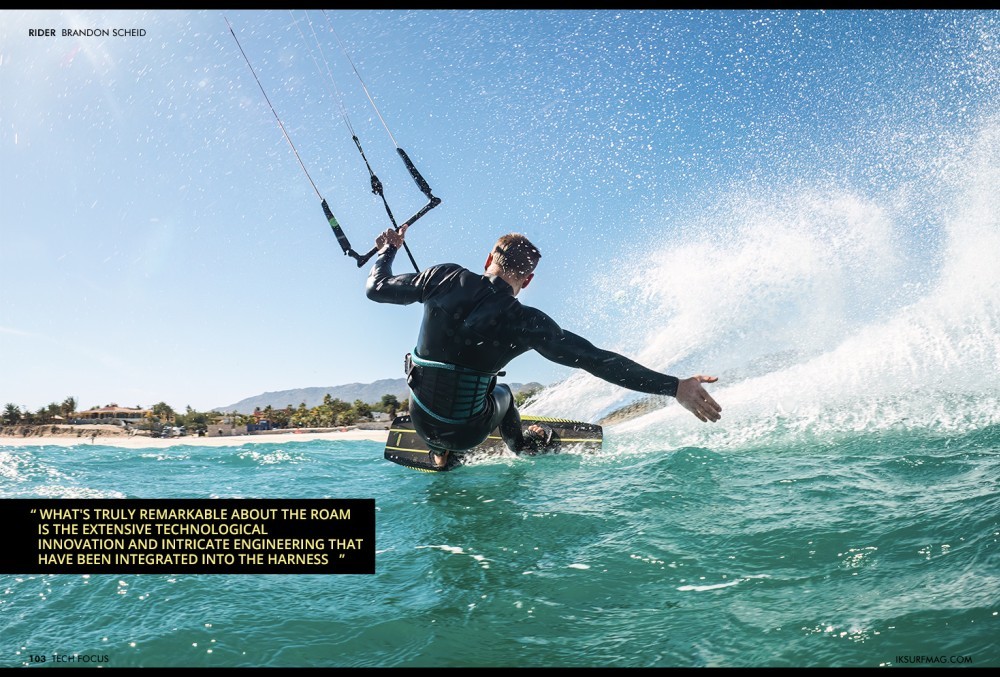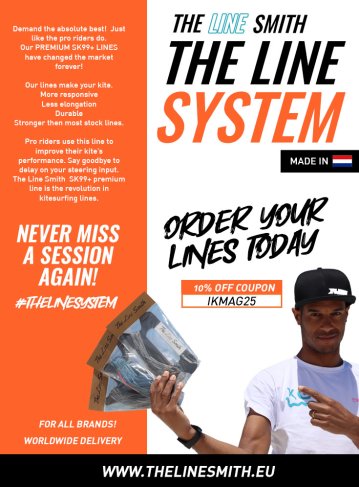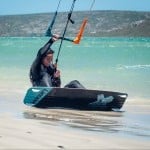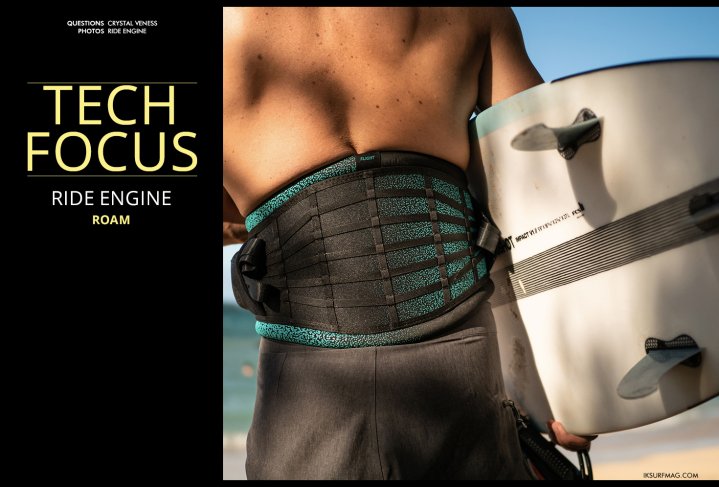
Tech Focus: Ride Engine Roam
Issue 103 / Mon 19th Feb, 2024
A minimalist harness with no shortage of technology, the Ride Engine Roam is a new travel-friendly harness which adventurous kiters should take a closer look at! Find out what makes this harness so unique in this Q&A!
The Roam, Ride Engine's minimalist, travel-friendly harness, is a completely fresh design within the lineup. How would you describe this harness? What, and who, is it for?
The Roam stands out as a fascinating departure from Ride Engine's original foundation, which centered around pioneering the hard shell harness. Unlike its predecessors, the Roam is a fully flexible soft shell harness that can be easily folded, rolled, bent, or compressed for convenient packing and travel, all while retaining many of the core elements of its ergonomic design. The Roam caters specifically to the hardcore adventure kiteboarder or kitesurfer, boasting an ultra-lightweight and easily packable design that works well for travel.
What did the designer set out to achieve when creating this harness?
Julien Fillion, our chief designer and engineer, set out with a singular objective: to create the ultimate travel harness that preserved the renowned Ride Engine fit. This leads us to a pivotal question: What defines the ultimate travel harness? To us, it's the capacity for effortless packing, an impressively lightweight construction, long-lasting support during extended sessions, and rapid drying to facilitate quick stowage after each session.
From an R&D perspective, where do you start with a new design like the Roam? Do you start with a previous popular design or go back to the drawing board and start from zero?
The Roam project began with a clean slate, allowing the design brief to steer our course. We meticulously ticked off the required criteria as we progressed through multiple iterations of prototypes.
How do you find the right balance between comfort and performance and the minimalist qualities that make the Roam so travel-friendly?
Designing a harness that's simultaneously lightweight, flexible, and capable of providing lasting support during extended high-power sessions posed a significant challenge. At the core of this harness, you'll find the Cradle Support System, a clever arrangement of individual webbing strands that extend across the entire back area, anchored by the webbing adjustment to achieve the desired fit and support. Subsequently, we turned our attention to the rest of the harness, focusing on the Cell Lock thermoformed laminated EVA, which serves as the comfortable and lightweight interface with the body. We opted for a standard webbing adjustment to maintain the harness's pliability for easy packing.
One of the most noticeable features of the Roam is the grid of webbing across the back, called the Cradle Support System. How does this work to help the rider achieve a good fit?
Indeed, this marked the initial technical foundation of the harness. Our aim was to seamlessly integrate the support and fit principles from Ride Engine's hard shell harnesses into the Roam. To achieve this, Julien delved into the examination of high-performance sports products that had successfully attained similar objectives. He drew inspiration from lightweight running shoes, which utilized tensioning lace systems not only to secure the shoe but also to provide support in the arch and forefoot. This concept was then applied to the Roam. Each webbing strand, when tensioned, offers a degree of individual adjustment, enabling the harness to conform to your lower lumbar region - this is how we achieved the Lumbar Lock fit.
What materials were chosen to help keep this harness light, even when wet?
At Ride Engine, we place a significant emphasis on material science, especially in our utilization of highly advanced materials in our hard shell models. One notable addition to our arsenal is what we've termed "Cell Lock foam," a lycra-laminated EVA used as the interface between the body and the harness. This material is exceptional in several ways. It boasts an impressive lightweight quality, with a fully closed cell structure that prevents water absorption, ensuring it remains lightweight even during use. Additionally, this unique material facilitates water shedding and rapid drying, allowing you to squeeze in an extra session before you pack up and prepare for your journey home, whether by plane or car.
Which spreader bar is the best choice to go with the Roam harness?
The harness is designed to accept the Unity Spreader Bar. The Unity is available in 2 versions, a minimal and mega. We suggest the minimal version for riders who are looking for that purity of flow while riding a hydrofoil or kite surfing, using the power of the wave more so than the power of the kite. The Unity Mega Kite spreader comes equipped with a large spreader bar pad that is great for the kiteboarders who love to ride with lots of power going for air, hard power slashes kite surfing, or simply just love to ride lit.
For those that are most familiar with the Ride Engine hard shell harnesses, would a hard shell lover enjoy the Roam? Why, or why not?
In the realm of kiteboarding equipment selection, we believe that harnesses often receive less attention than kites, boards, and bars. However, it's worth recognizing that the harness can significantly influence your experience on the water, ultimately determining the level of fun and progress you can achieve. Among kiteboarders, there are enthusiasts of both hard shell and soft flexible shell harnesses. The Roam serves as a bridge, catering to adventurous kiteboarders in search of perfect sessions. It encapsulates the Ride Engine fit DNA found in hard shell harnesses, all while being an excellent travel companion.
Frequently, individuals or designers mistake "minimal" for a lack of technology. What's truly remarkable about the Roam is the extensive technological innovation and intricate engineering that have been integrated into the harness to create a minimalist design capable of delivering top-tier performance.
Videos
By Crystal Veness
Editor at IKSURFMAG, Crystal Veness hails from Canada but is based in South Africa. When she isn't busy kitesurfing or reporting on the latest industry news for the mag, she is kicking back somewhere at a windy kite beach or working on creative media projects.
